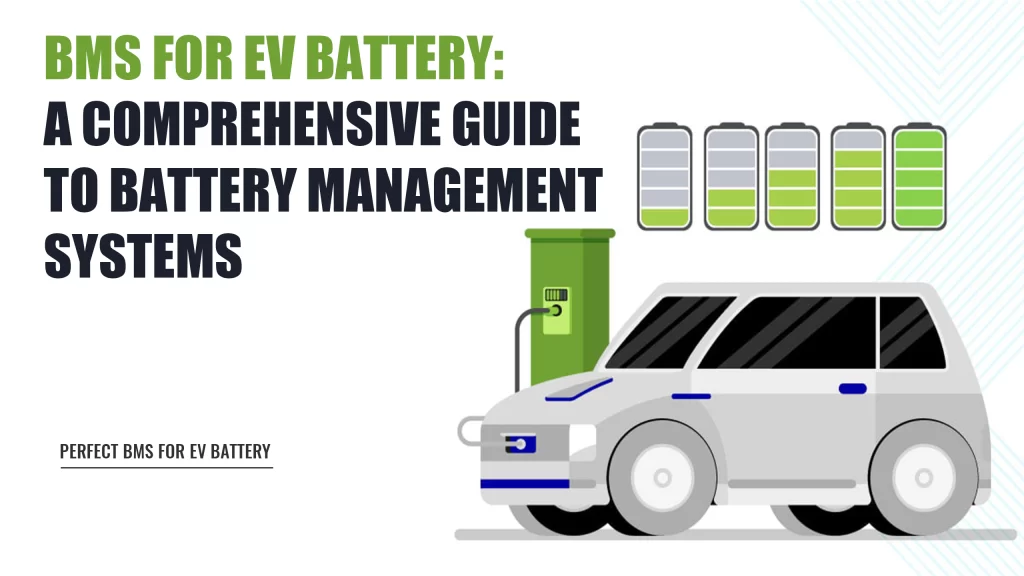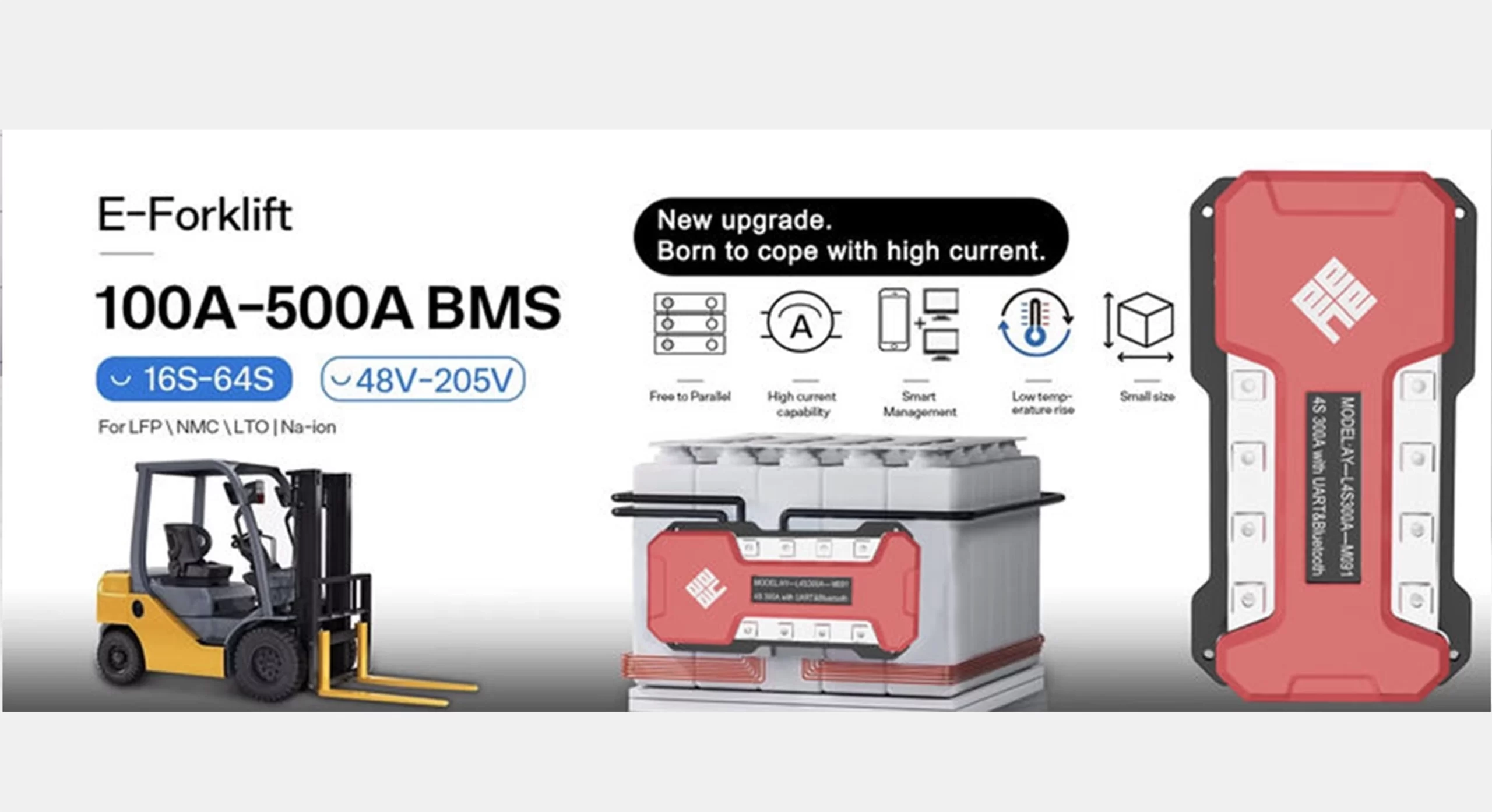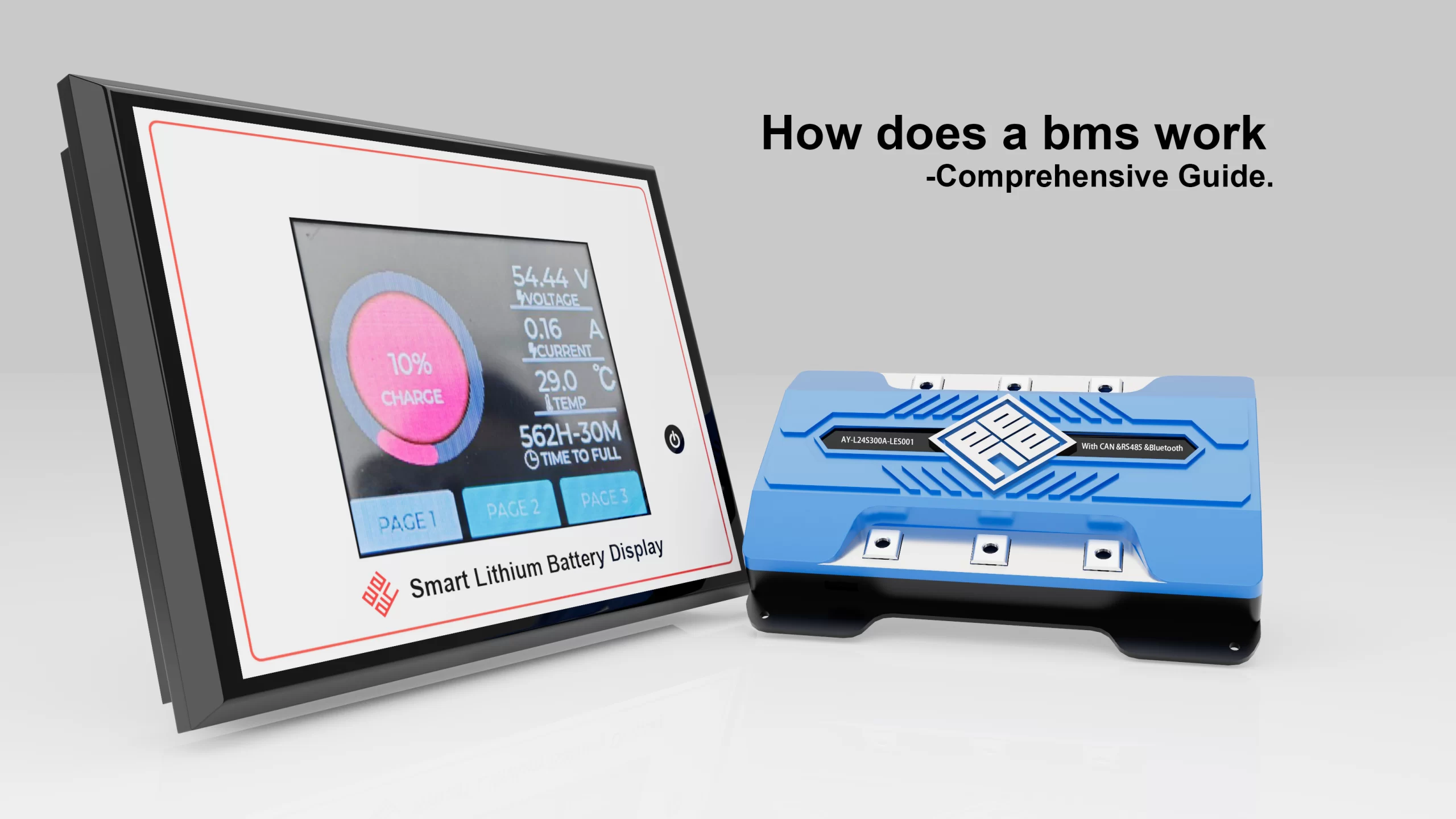Home About Us EVENTS & NEWS BMS for EV Battery: A Comprehensive Guide to Battery Management Systems
BMS for EV Battery: A Comprehensive Guide to Battery Management Systems
BMS for EV Battery: A Comprehensive Guide to Battery Management Systems
As electric vehicles (EVs) have become more popular, cutting-edge technologies have been developed to maximize battery safety and performance.
The Electric vehicle battery BMS is one of the most significant components of an EV’s energy management system.
In order to protect the durability, effectiveness, and security of the vehicle’s power source, the Battery Management System (BMS) is essential.

What is the BMS for EV Battery?
An advanced system called the BMS for EV battery is made for keeping an eye on, control, and maintain the battery pack of an electric vehicle.
By monitoring a number of variables, including voltage, current, and temperature, it provides safe battery operation.
The Electric vehicle battery BMS will preserve battery performance, avoid problems, and keep batteries operating effectively by keeping an eye on these crucial metrics.
Key functions of the BMS for EV battery include:
· Battery state monitoring
· Control of charge and discharge
· Thermal management
· Safety protection
· Data analysis and logging
Product Structure and Working Principles of the BMS for EV Battery
Both software and hardware make up the Electric vehicle battery BMS used in electric vehicles.
In order to gather and process battery data, the hardware consists of sensors, controllers, and communication modules.
To make sure the battery runs within a safe range, core sensors are utilized to track temperature, voltage, and current.
Working Principle:
• Real-time battery voltage, current, and temperature data are gathered by the BMS for EV battery.
• It makes assessments of the battery’s state of health (SOH) and state of charge (SOC), which are crucial for figuring out how long the battery will last and how much it can operate.
• By managing the charge and discharge cycles, the Electric vehicle battery BMS guards against damage-causing overcharging, deep discharge, and excessive heat accumulation.
Working Flow of the Electric vehicle battery BMS
The operation of the BMS for EV battery involves 5 stages, including:
Data Collection: Continuous monitoring of battery parameters.
State Estimation: Calculation of SOC and SOH.
Charge and Discharge Control: Modifying the rates of charging and discharging in accordance with the estimates.
Thermal Management: Using innovative cooling methods to maintain the ideal battery temperature.
Safety Protection: Using protection systems to avoid situations like overcharging, overdischarge, and overcurrent.
Applications of the Electric vehicle battery BMS
The BMS for EV battery for electric cars are widely utilized, particularly in electric vehicles. Drones and stationary energy storage devices are also using them.
Application in Electric Vehicles: To increase range and battery life, electric cars like the Tesla Model S and BYD Han depend on highly advanced BMS for EV battery.
Case Study:An excellent illustration of how improved battery management can increase vehicle range and battery life is Tesla’s comprehensive Electric vehicle battery BMS system.
Predictive algorithms are used by ayaa’s Smart BMS to control energy flow, balancing battery health and power demand.
Key Features of the BMS for EV Battery
The BMS for EV battery is known for 4 main important characteristics:
High Precision Monitoring: The system analyzes data on the battery’s condition in real time using accurate sensors.
Intelligent Management: SOC and SOH predictions are supported by sophisticated AI algorithms, which enhance battery performance and usage.
Safety Mechanisms: Built-in safeguards against problems including deep draining, overcharging, and short circuits are part of the BMS for EV battery.
Thermal Management: To maintain the battery temperature within ideal operating ranges, the system uses liquid or air cooling systems.
Quality and Maintenance Considerations for the BMS for EV Battery
Strict quality standards must be maintained by the Electric Vehicle Battery BMS in order to guarantee outstanding performance.
A BMS for EV battery ‘s quality is mostly determined by its high-precision sensors, redundant design, and exceptional dependability.
Quality Standards: Accurate sensors and dependable safety elements should be included in the system.
Maintenance Tips: To extend the life of the Electric Vehicle Battery BMS, users should avoid exposing them to high temperatures and calibrate their sensors on a regular basis.
Maintenance and Care for the BMS for EV Battery
The longevity and effectiveness of the Electric Vehicle Battery BMS depend on routine maintenance.
· Routine Checks: Check hardware, wires, and sensors for indications of wear and tear on a regular basis.
· Cleaning and Care: Maintaining the system’s cleanliness is crucial since dust and debris can impair sensors’ and other parts’ functionality.
· Software Updates: To maximize the effectiveness for Electric Vehicle Battery BMS and enhance its capacity to regulate energy flow and battery health, regular software updates are required.
To sum up, Electric Vehicle Battery BMS is an important technology that is essential to the long-term, safe, and effective operation of EV batteries.
Electric Vehicle Battery BMS assures optimal battery performance through data monitoring and temperature management.
Users may get the most out of their electric vehicles’ battery life, safety, and performance with the right upkeep and a top-notch system.
FAQ
Q: Is BMS necessary for lithium ion battery?
A: It is an essential part of modern battery technology, particularly when it comes to lithium-ion battery applications.
Monitoring the temperature, voltage, state of health (SOH), and state of charge (SOC) of every cell in a battery pack is one of the many responsibilities of the BMS.
Q: What are the three types of BMS?
A: Three typical BMS architecture types are as follows:
• A tiny, one-board BMS.
• BMS that is distributed.
• A sizable, central BMS
Q: Do I need a BMS for each battery?
A: By keeping all of the batteries in the array at the same voltage, a BMS prevent any one battery from overcharging or prematurely discharging.
The battery system’s longevity and safety depend on this equilibrium.
Q: How do I choose a BMS battery?
A: Selecting a BMS with an amp rating that can manage your battery system’s maximum current input and output is essential.
Exceeding this rating may cause the BMS to malfunction or sustain harm. Future expansion is frequently overlooked while sizing a BMS.
Q: How do BMS work?
A: The most charged cells can have their energy dissipated by the BMS by connecting them to a load (likes passive regulators).
Transferring energy from cells with the highest charge to those with the lowest charge (balancers).













